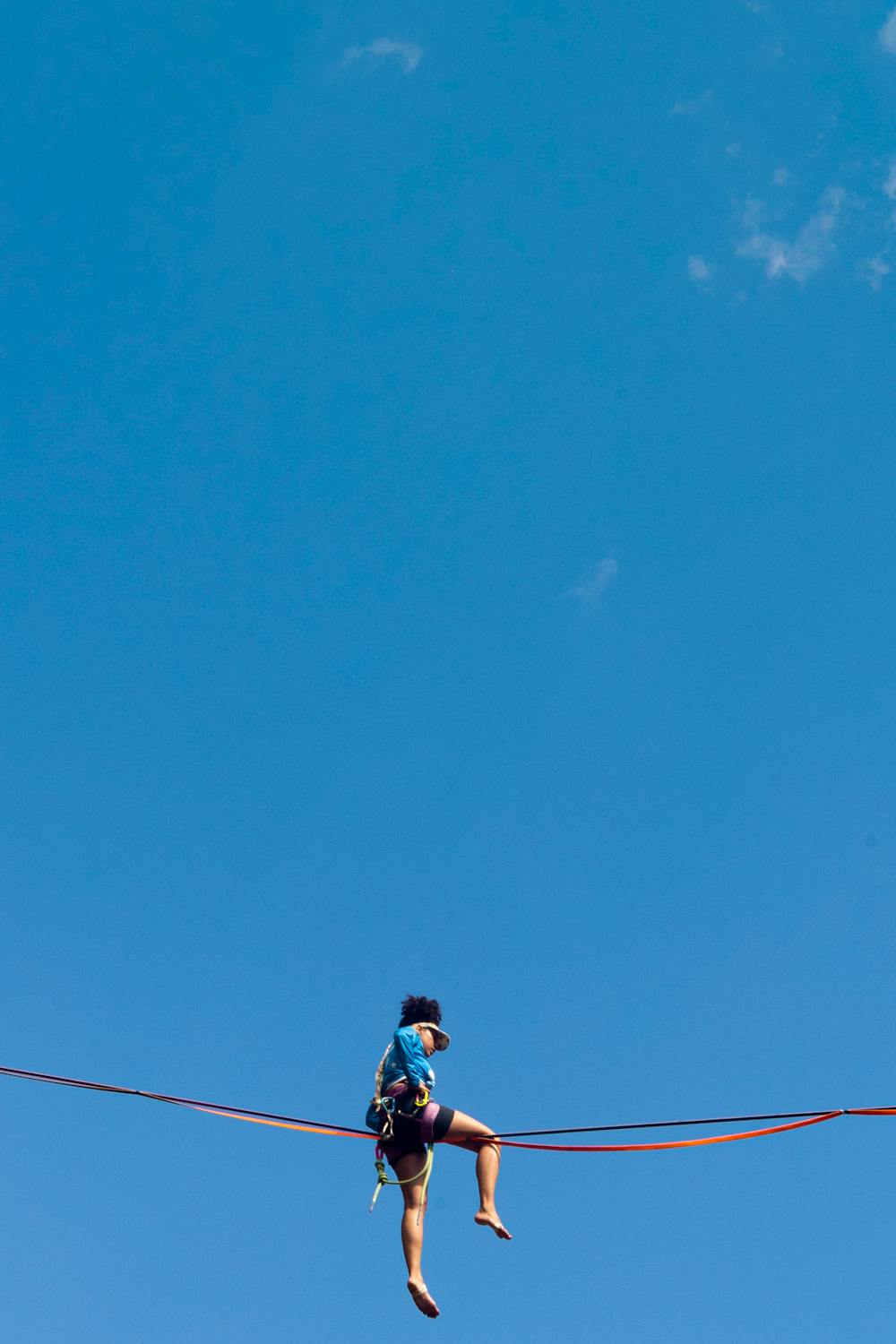Mastering the Basics: Essential Techniques for Slacklining
Slacklining, a dynamic balance sport that involves walking or performing tricks on a suspended webbing, has gained popularity in recent years. While it may seem daunting to beginners, mastering the basics is the key to enjoying and progressing in this exhilarating activity. This article aims to introduce and explore the fundamental techniques for slacklining, providing aspiring slackliners with the knowledge and skills necessary to embark on their journey.
Setting Up the Slackline
The first step in slacklining is setting up the line correctly. Find two sturdy anchor points, such as trees or posts, ensuring they are a suitable distance apart. Attach the slackline securely using appropriate slings or webbing, ensuring proper tension. It's crucial to follow manufacturer guidelines and safety recommendations during the setup process. A correctly tensioned slackline should be firm but still have a slight bounce.
Finding Your Balance
Balancing on a slackline requires focus and core strength. Start by placing one foot on the line, slightly angled forward, with your arms extended for balance. Engage your core muscles and shift your weight gradually, keeping your gaze fixed ahead. Practice finding your center of gravity and maintaining a relaxed, upright posture. Remember to use your arms for balance and make small adjustments as needed.
Walking Technique
Walking on a slackline is a gradual process that requires patience and practice. Begin by taking small steps, keeping your gaze fixed on a point ahead. Maintain a slow, deliberate pace, allowing your body to adapt to the movement of the line. Focus on landing each step with a mid-foot strike, keeping your weight centered and evenly distributed. As you gain confidence, increase your stride length and work on fluidity in your movements.
Static Poses and Yoga
Slacklining offers a unique opportunity to practice static poses and incorporate yoga-inspired movements. These exercises help improve balance, stability, and body awareness. Start with basic poses, such as standing on one leg or holding a tree pose. As you progress, challenge yourself with more advanced poses, like the crane or warrior stance. Remember to engage your core and breathe deeply to maintain stability and relaxation.
Tricks and Advanced Techniques
Once you've become comfortable with the slacklining basics, you can explore various tricks and advanced techniques in slacklining. Tricklining involves dynamic movements and aerial maneuvers. Popular tricks include jumps, flips, spins, and combinations of these elements. It's important to progress gradually, practicing in a controlled environment with appropriate safety measures. Seek guidance from experienced slackliners, attend workshops, or join a slacklining community to learn new tricks and techniques safely.
Safety Considerations
Safety should always be a priority when slacklining. Begin by wearing appropriate footwear to protect your feet and improve traction. Consider using a backup line or a spotter to assist and ensure your safety while practicing advanced moves. Always perform a thorough inspection of the slackline and anchor points before each session. It's also crucial to have crash pads or soft landing areas when attempting tricks or higher-risk maneuvers. Stay within your skill level, listen to your body, and take breaks as needed to prevent overexertion or injuries.
Slacklining offers a unique and engaging way to challenge your balance, build core strength, and connect with nature. By understanding and practicing the basic techniques discussed in this article, you'll lay a solid foundation for your slacklining journey. Remember to progress gradually, prioritize safety, and embrace the joy and sense of accomplishment that slacklining can bring.

